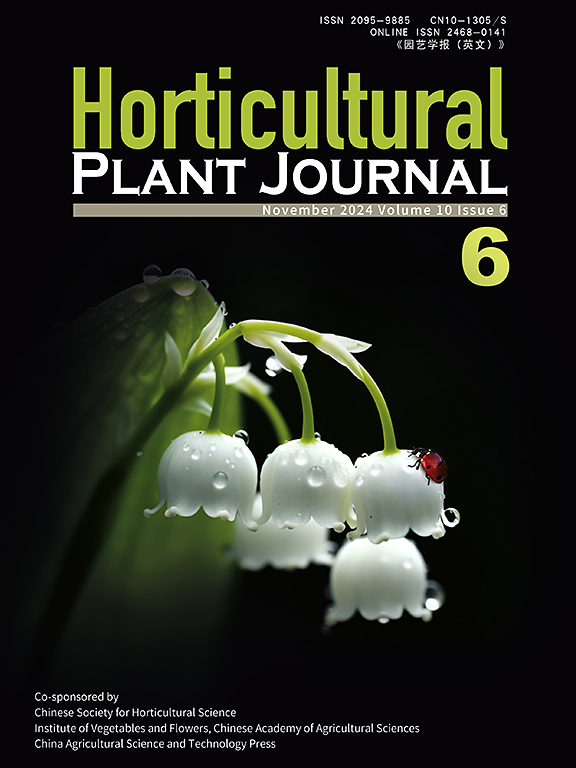Application of plant factory with artificial lighting in horticultural production: current progress and future trends
IF 6.2
1区 农林科学
Q1 HORTICULTURE
引用次数: 0
Abstract
Horticultural production, enriched in essential nutrients such as proteins, carbohydrates, vitamins, and lipids, face challenges due to rapid global population growth, resource shortages, environmental degradation, and a decline in the number of horticultural practitioners. These challenges prevent their yield and quality from meeting sustainability requirements. By regulating temperature, humidity, light, and nutrient supply, plant factories with artificial lighting (PFALs) enable stable crop cultivation, facilitate year-round production, and promote efficient resource use, yielding high-quality horticultural products with significant application potential. However, issues such as high initial investment and electricity costs remain unresolved. Primarily, PFALs are utilized in the production of green leafy vegetables, transplants, and medicinal plants. In PFALs, lettuce yield can increase by over 50% under optimal lighting conditions compared to traditional methods. PFALs are also employed in the commercial production of horticultural seedlings, technical research on shortening growth cycle and mechanism research on environmental regulation of metabolites. This supports rapid breeding and the production of high-value horticultural products. Additionally, this paper addresses the challenges faced by plant factories in horticultural production and explores prospects and considerations for PFAL applications in this domain.人工照明植物工厂在园艺生产中的应用:目前进展及未来趋势
由于全球人口快速增长、资源短缺、环境退化和园艺从业者数量下降,富含蛋白质、碳水化合物、维生素和脂类等必需营养素的园艺生产面临着挑战。这些挑战阻碍了它们的产量和质量达到可持续性要求。人工照明植物工厂通过调节温度、湿度、光照和养分供应,实现作物的稳定种植,促进全年生产,促进资源的有效利用,生产出具有重要应用潜力的高品质园艺产品。然而,高昂的初始投资和电力成本等问题仍未得到解决。pfal主要用于绿叶蔬菜、移植物和药用植物的生产。在pfal中,与传统方法相比,在最佳光照条件下,生菜产量可增加50%以上。pfal还应用于园艺苗木的商业化生产、缩短生长周期的技术研究和代谢物环境调控的机理研究。这支持快速育种和高价值园艺产品的生产。此外,本文还阐述了植物工厂在园艺生产中面临的挑战,并探讨了PFAL在该领域应用的前景和考虑。
本文章由计算机程序翻译,如有差异,请以英文原文为准。
求助全文
约1分钟内获得全文
求助全文
来源期刊

Horticultural Plant Journal
Environmental Science-Ecology
CiteScore
9.60
自引率
14.00%
发文量
293
审稿时长
33 weeks
期刊介绍:
Horticultural Plant Journal (HPJ) is an OPEN ACCESS international journal. HPJ publishes research related to all horticultural plants, including fruits, vegetables, ornamental plants, tea plants, and medicinal plants, etc. The journal covers all aspects of horticultural crop sciences, including germplasm resources, genetics and breeding, tillage and cultivation, physiology and biochemistry, ecology, genomics, biotechnology, plant protection, postharvest processing, etc. Article types include Original research papers, Reviews, and Short communications.
 求助内容:
求助内容: 应助结果提醒方式:
应助结果提醒方式:


